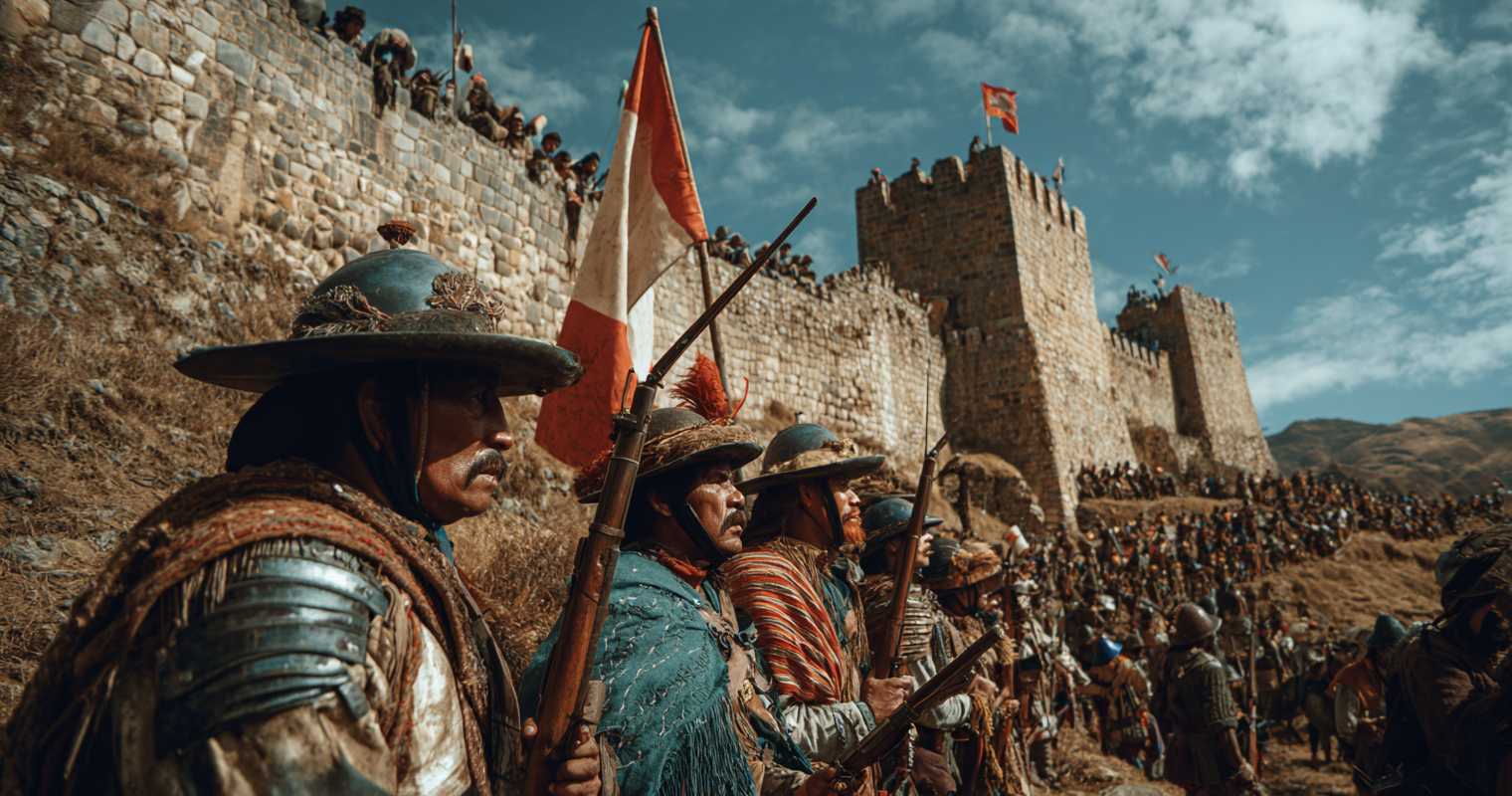
The Peruvian History Quiz invites you to explore a nation where history is woven into every festival, every marketplace, and every village celebration. Peru’s cultural landscape is as breathtaking as its mountain ranges, with traditions rooted in community and passed down for centuries. Its people treasure their customs, and every corner of the country tells a story of resilience and creativity. From the bustling streets of Lima to the remote Andean villages, history thrives in music, art, and daily rituals. These customs bring generations together, linking the past with the present in a way that feels both timeless and alive. Peru’s history is not only preserved—it is celebrated every single day.
The Peruvian History Quiz also reveals how heritage shapes identity in this vibrant nation. Languages like Quechua and Aymara echo across valleys and towns, carrying centuries of cultural memory. Festivals bring entire cities to life, blending music, dance, and costume in dazzling displays of community pride. Markets overflow with traditional foods and crafts, each piece holding a fragment of history. Storytelling remains central, keeping old wisdom alive while inspiring new generations. In Peru, history is not locked in books—it lives in the voices, hands, and hearts of its people.
The Culture of Peru
The Peruvian History Quiz begins with the country’s rich cultural fabric. Music and dance dominate many celebrations, from the coastal marinera to the lively huayno of the highlands. Each performance connects people to their regional roots and creates a sense of unity across the nation. Colorful festivals showcase costumes made by skilled artisans who have mastered techniques passed down through countless generations. These vibrant events reveal how Peru celebrates its history not only with pride but also with joy.
Food is another pillar of Peruvian culture. From ceviche by the coast to hearty stews in the Andes, every dish reflects the geography and creativity of the people. Traditional weaving, pottery, and silverwork also remain central to cultural expression. These crafts are not simply souvenirs; they are historical treasures that preserve skills and knowledge. Each of these elements helps keep the story of Peru alive.
The People of Peru
The Peruvian History Quiz highlights how its people keep their heritage strong. Family plays a central role in maintaining cultural traditions. Elders pass on not only stories but also practical knowledge about farming, crafts, and local customs. These lessons give younger generations a living link to their past. In Peru, history is a shared experience rooted in everyday life.
Education has also embraced the importance of heritage. Schools in many regions teach in both Spanish and indigenous languages, ensuring that cultural identity is never lost. Public events encourage participation across all ages, from children learning traditional dances to artisans teaching their craft. These experiences create a deep sense of pride. Peru’s people remain at the heart of its historical legacy.
The Legacy of Peru
The Peruvian History Quiz also celebrates how Peru blends its past with its future. Museums preserve remarkable artifacts, while cultural centers promote living traditions. Festivals attract visitors who witness firsthand the richness of Peruvian heritage. The country’s ability to keep history relevant makes it an extraordinary example of cultural endurance. Every celebration reaffirms the strength of this legacy.
This legacy lives in the language, music, and customs that thrive in both cities and villages. It is not a distant memory but a daily reality for millions. By honoring its roots while adapting to change, Peru has created a unique cultural identity. This balance allows its history to remain vibrant and deeply meaningful. Peru stands as proof that a living past can shape an even brighter future.
9 Fun Facts About Peru
- Peru has more than 3,000 varieties of potatoes.
- The country celebrates the Inti Raymi festival every year in honor of the sun.
- Quechua is still spoken by millions of Peruvians today.
- The Peruvian paso horse is known for its unique four-beat gait.
- Markets often feature live music alongside traditional foods and crafts.
- Huayno dance combines indigenous and European influences.
- Handwoven textiles often include patterns with symbolic meanings.
- Street food vendors in Peru offer some of the most unique regional flavors in South America.
- Many villages still practice traditional bartering instead of using money.
5 Serious Facts About Peru
- Festivals and rituals strengthen community identity across the country.
- Quechua and Aymara are official languages alongside Spanish.
- Peru’s cultural diversity is reflected in its regional music and festivals.
- Traditional crafts are a vital part of the economy in rural areas.
- Family-based teaching ensures the survival of many cultural practices.
Peruvian History – FAQ
The Spanish conquest of Peru, led by Francisco Pizarro in the 16th century, marked a significant turning point in Peruvian history. It resulted in the fall of the Inca Empire, the imposition of Spanish colonial rule, and the introduction of European customs, religion, and language. This period of colonization profoundly shaped the cultural and social landscape of Peru.
